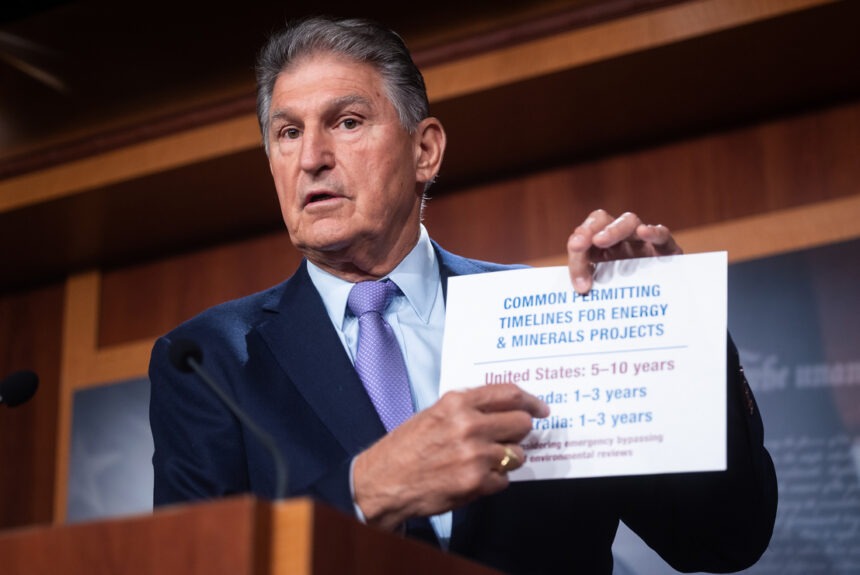Permitting reform must continue to be a priority. The latest proposal was a modest but important step. If enacted, it would have accelerated leasing of federal lands for every form of energy production, made it easier to build electricity transmission lines, and expedited the judicial review of all those actions.
But it would still have been harder and more expensive to build infrastructure in the United States than it is across most of the world. Increasingly, we will be saddled with old things while the rest of the world builds new things, including power plants, transmission lines, highways, air traffic control systems, railways, and factories.
And since other countries will be building new things faster than the United States, supply chains will shift to support those markets. The Chinese and Europeans will design high-speed trains and nuclear power plants because they are the customers. Meanwhile, ships needed to install offshore wind will be based in European ports, not diverted to U.S. waters to install a few turbines because that work could be halted by regulatory challenges.
Read more in RealClearEnergy here.
The views and opinions expressed are those of the author’s and do not necessarily reflect the official policy or position of C3.
